Major leagues, New York Yankees (1951–1968)
Rookie season: 1951
Mantle as a 19-year-old rookie in 1951
Mantle was invited to the Yankees instructional camp before the 1951 season. After an impressive spring training, Yankees manager Casey Stengel decided to promote Mantle to the majors as a right fielder instead of sending him to the minors.[9] Mickey Mantle's salary for the 1951 season was $7,500.
"He's the greatest prospect I've seen in my time, and I go back quite a ways. I'll swear I expect to see that boy just take off and fly any time."
—Bill Dickey on Mickey Mantle
Mantle was assigned uniform #6, signifying the expectation that he would become the next Yankees star, following Babe Ruth (#3), Lou Gehrig (#4) and Joe DiMaggio (#5).[9] Stengel, speaking to SPORT, stated "He's got more natural power from both sides than anybody I ever saw."[18] Bill Dickey called Mantle "the greatest prospect [he's] seen in [his] time."
After a brief slump, Mantle was sent down to the Yankees' top farm team, the Kansas City Blues. However, he was not able to find the power he once had in the lower minors. Out of frustration, he called his father one day and told him, "I don't think I can play baseball anymore." Mutt drove up to Kansas City that day. When he arrived, he started packing his son's clothes and, according to Mantle's memory, said "I thought I raised a man. I see I raised a coward instead. You can come back to Oklahoma and work the mines with me."[19] Mantle immediately broke out of his slump, and went on to hit .361 with 11 homers and 50 RBIs during his stay in Kansas City.
Mantle was called up to the Yankees after 40 games with Kansas City, this time wearing uniform #7.He hit .267 with 13 home runs and 65 RBI in 96 games. In the second game of the 1951 World Series, New York Giants rookie Willie Mays hit a fly ball to right-center field. Mantle, playing right field, raced for the ball together with center fielder Joe DiMaggio, who called for the ball (and made the catch). In getting out of DiMaggio's way, Mantle tripped over an exposed drain pipe and severely injured his right knee. This was the first of numerous injuries that plagued his 18-year career with the Yankees. He played the rest of his career with a torn ACL.
Stardom: 1952–1964
Mantle on the cover of Time (June 15, 1953)
Joe DiMaggio retired from baseball following the 1951 World Series. The following year, Mantle moved to center field.[9] He was selected an "All-Star" for the first time and made the AL team, but did not play in the 5-inning All-Star game that had Boston Red Sox Dom DiMaggio at center field. In his first complete World Series (1952), Mantle was the Yankees hitting star, with an on-base percentage above .400 and a slugging percentage above .600. He homered for the third Yankee run in a 3–2 Game 6 win and he knocked in the winning runs in the 4–2 Game 7 win, with a homer in the sixth inning and an RBI single in the seventh inning. Mantle played center field full-time for the Yankees until 1965, when he was moved to left field. He spent his final two seasons at first base. Among his many accomplishments are all-time World Series records for home runs (18), runs scored (42), and runs batted in (40).
Bowman's Mantle trading card, 1954
The osteomyelitic condition of Mantle's left leg had exempted him from being drafted for military service since he was 18 in 1949,[21][22] but his emergence as a star center fielder in the major leagues during the Korean War in 1952 led baseball fans to question his 4-F deferment. Two Armed Forces physicals were ordered, including a highly publicized exam on November 4, 1952 which was brought on by his All-Star selection, that ended in a final rejection.
Mantle had high hopes that 1953 would be a breakout year but his momentum was stopped by an injury. He missed several weeks, so his numbers were modest but respectable, especially with 92 RBIs.
Mantle had his first 100 plus RBI year, in 1954, in a full season and regained .300 status .
The next is arguably his first great year, as he concluded with 37 home runs and a .306 batting average. With 37 homers, he was now a home run hitter, not just an all-around player with tremendous power.
Mantle had his breakout season in 1956 after showing progressive improvement each of his first five years. Described by him as his "favorite summer", his major league-leading .353 batting average, 52 home runs, and 130 runs batted in brought home both the Triple Crown and first of three Major League Baseball Most Valuable Player Awards. He also hit his second All-Star Game home run that season. During Game 5 of the 1956 World Series—Don Larsen's perfect game against the Brooklyn Dodgers—Mantle kept the perfect game alive by making a running catch of a deep fly ball off the bat of Gil Hodges, and provided the first of the two runs the Yankees would score with a fourth-inning home run off Brooklyn starter Sal Maglie. Mantle's overall performance in 1956 was so exceptional that he was bestowed the Hickok Belt (unanimously) as the top American professional athlete of the year. He is the only player to win a league Triple Crown as a switch hitter.
Mantle won his second consecutive MVP in 1957 behind league leads in runs and walks, a career-high .365 batting average (second to Ted Williams' .388), and hitting into a league-low five double plays. His batting average in mid-season had climbed as high as .392. His on-base percentage at one point, reached .537. Mantle reached base more times than he made outs (319 to 312), one of two seasons in which he achieved the feat.[citation needed] The 1958 season started slowly for Mantle—the first half saw him at the .274 mark, as a shoulder injury from a collision with Braves’ Red Schoendienst in the World Series left him with permanent struggles in his uppercut from the left side. He did, however, regain his status, hitting .330 in the second half, and leading his team back to the Series. The 1959 season was another frustrating situation—this time the first half of his season was good and his second-half comparatively bad. The season was bad for the Yankees, too, as they finished third. Although his numbers dipped again, he managed to score 104 runs and his fielding was near perfect. It was that year, also, he was timed running from home plate to first base in 3.1 seconds, considered outstanding for a heavy hitter. ‘59 was the first of four consecutive seasons that two All-Star games were played and Mantle played in seven of these games.[25] Mantle made the AL All-Star team as a reserve player in 1959, as his numbers had tailed off from previous seasons, he was used as a pinch runner for Baltimore Orioles catcher Gus Triandos and replacement right fielder for Cleveland Indians Rocky Colavito in the first game with Detroit Tigers Al Kaline playing the center field position. Mantle was the starting center fielder in the second All-Star Game's lineup, getting a single and a walk in four at bats. In 1960 Mantle started in both All-Star games, getting two walks in the first and a single in the second game. Mantle had another “off year”, - indeed, the first week of June saw his batting average drop to .228 - although by mid-August, he was back in his prime, leading the team to another World Series. Although his batting average was his lowest since his rookie year, his league-leading 40 home runs and 94 runs batted in, saw him come in a close second to Roger Maris’ MVP award. His on-base percentage was .400, for the year.
1960 was also the year he hit what was and is, the longest home run, in history. He hit one reportedly over the right center field roof at Briggs Stadium, which is said to have traveled 643 feet.
On January 16, 1961, Mantle became the highest-paid player in baseball by signing a $75,000 (equivalent to $640,000 in 2019) contract.[26] DiMaggio, Hank Greenberg, and Ted Williams, who had just retired, had been paid over $100,000 in a season, and Ruth had a peak salary of $80,000. Mantle became the highest-paid active player of his time. Mantle's top salary was $100,000, which he reached for the 1963 season. Having reached that pinnacle in his 13th season, he never asked for another raise.[27]
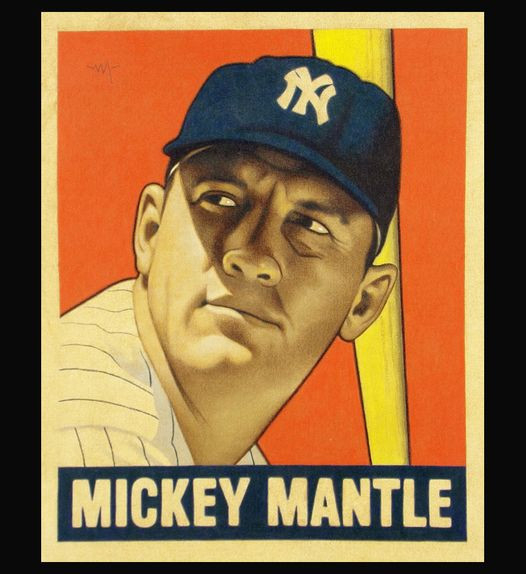
 Amanda S. Stevenson
Amanda S. Stevenson 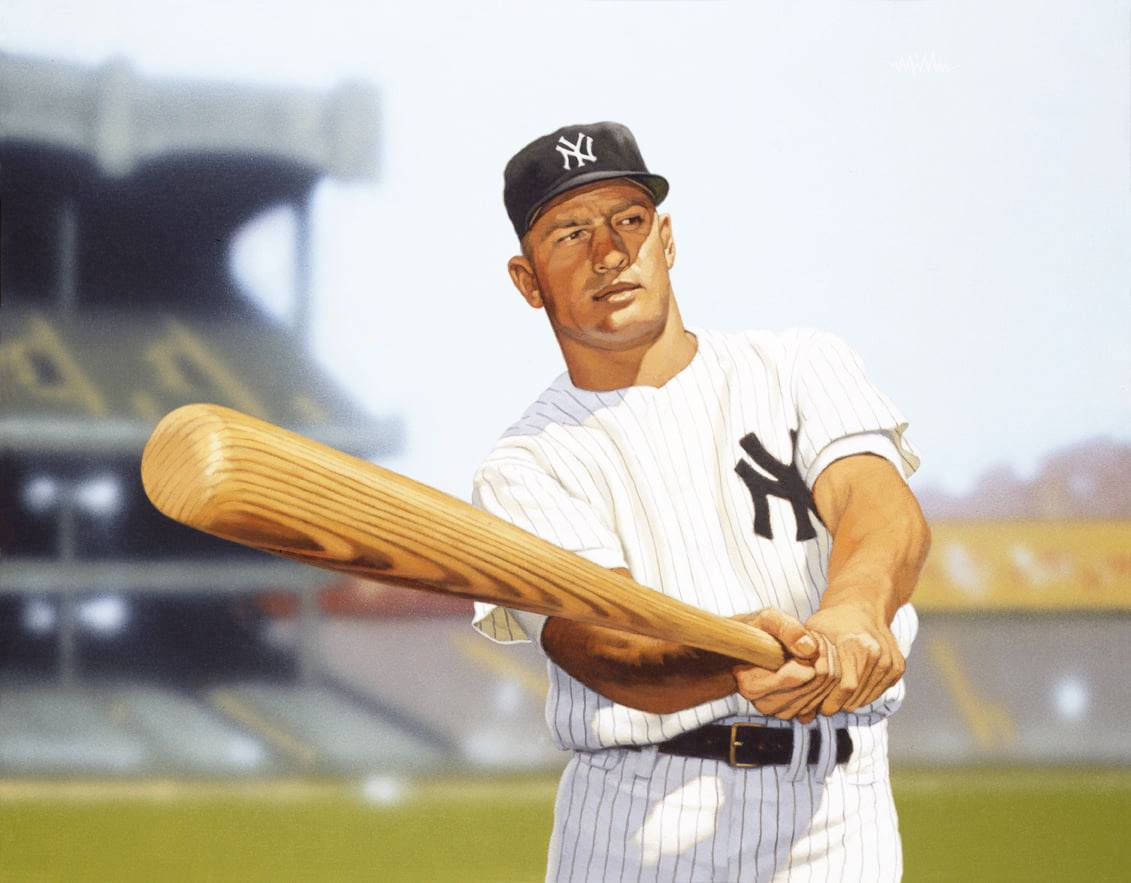
 Amanda S. Stevenson
Amanda S. Stevenson 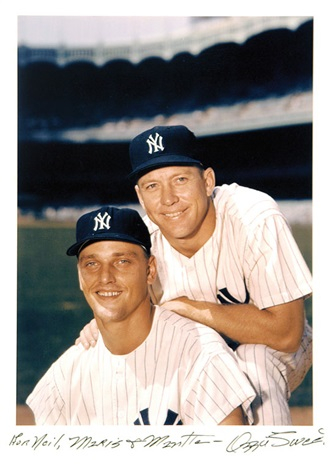
 Amanda S. Stevenson
Amanda S. Stevenson 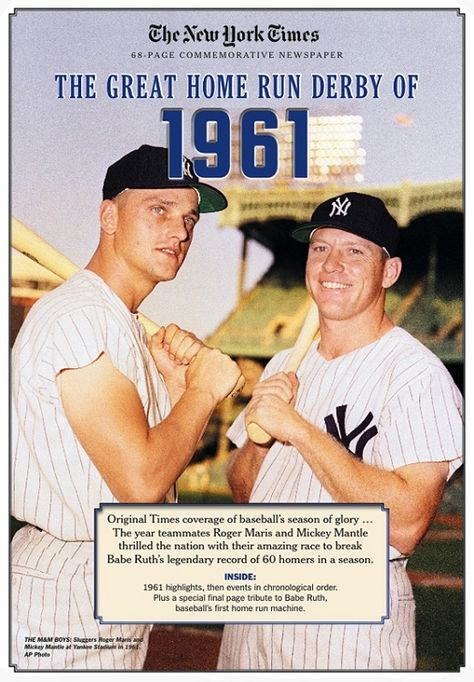
 Amanda S. Stevenson
Amanda S. Stevenson 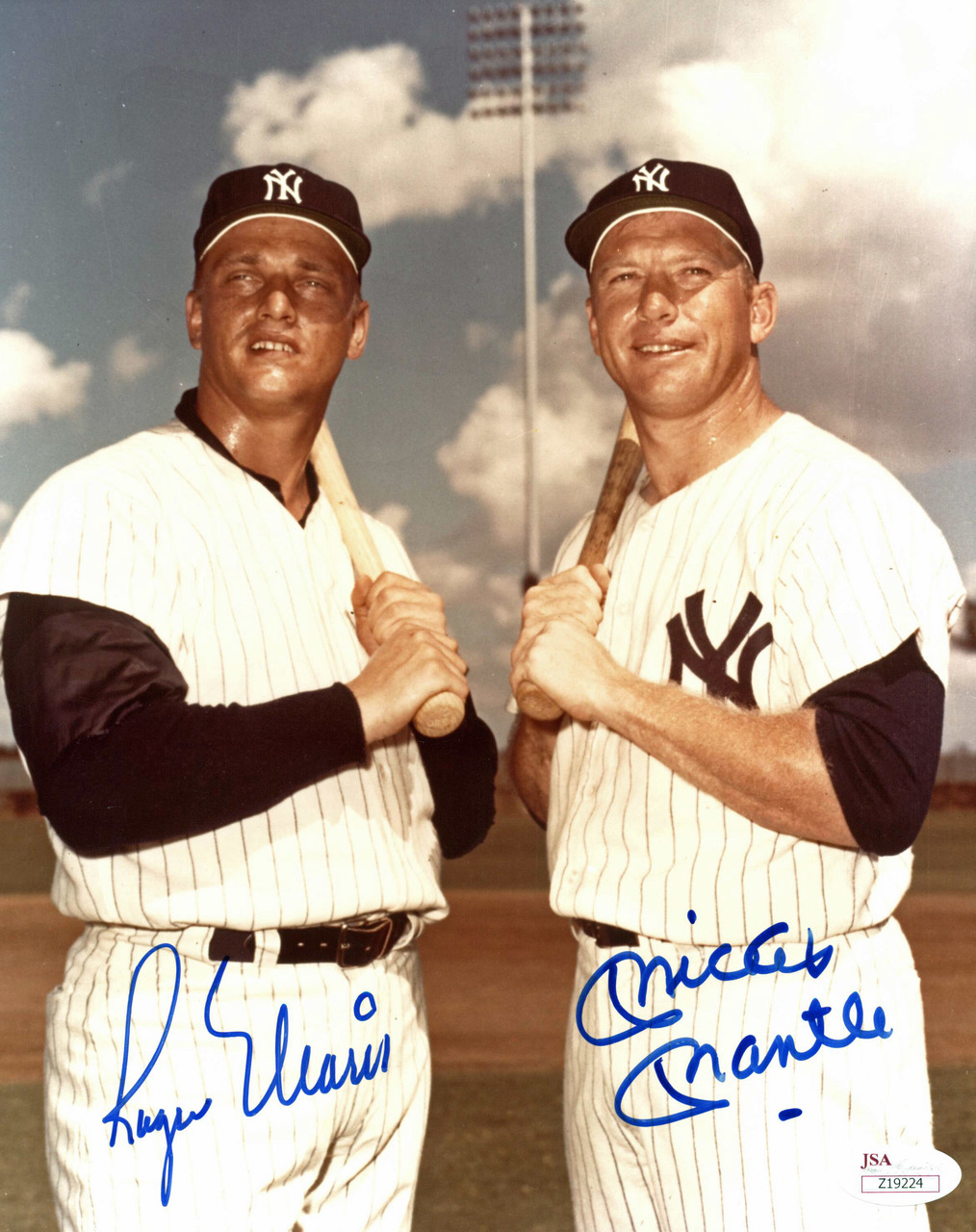
 Amanda S. Stevenson
Amanda S. Stevenson 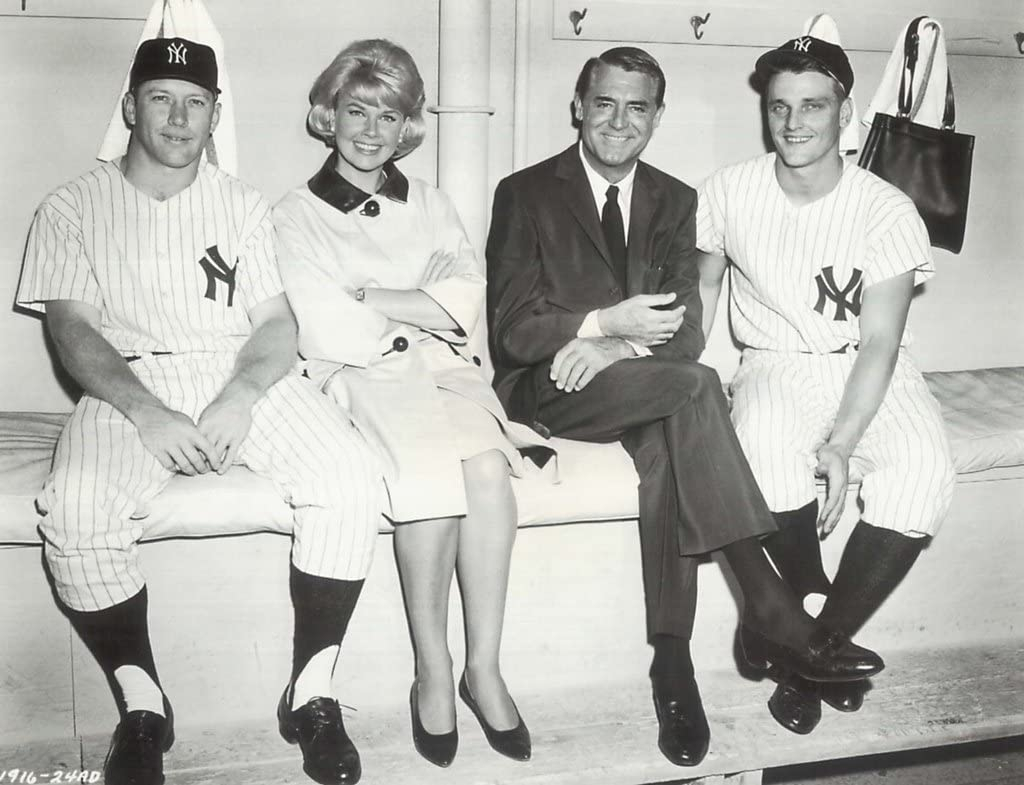
 Amanda S. Stevenson
Amanda S. Stevenson 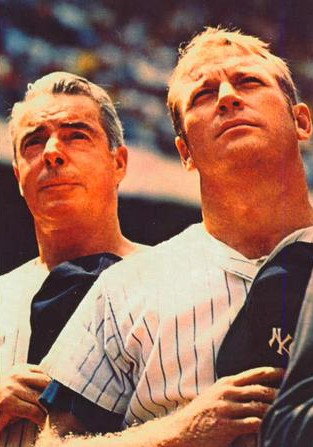
 Amanda S. Stevenson
Amanda S. Stevenson 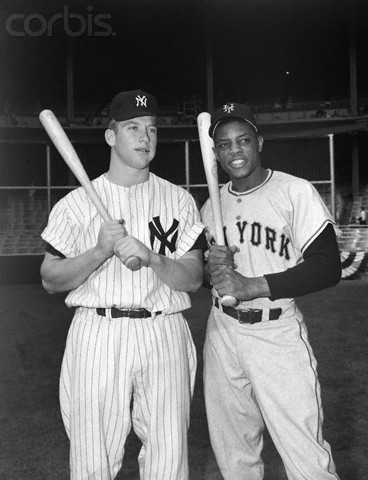
 Amanda S. Stevenson
Amanda S. Stevenson 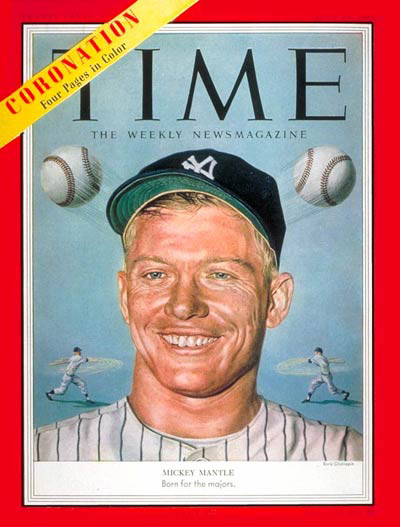
 Amanda S. Stevenson
Amanda S. Stevenson 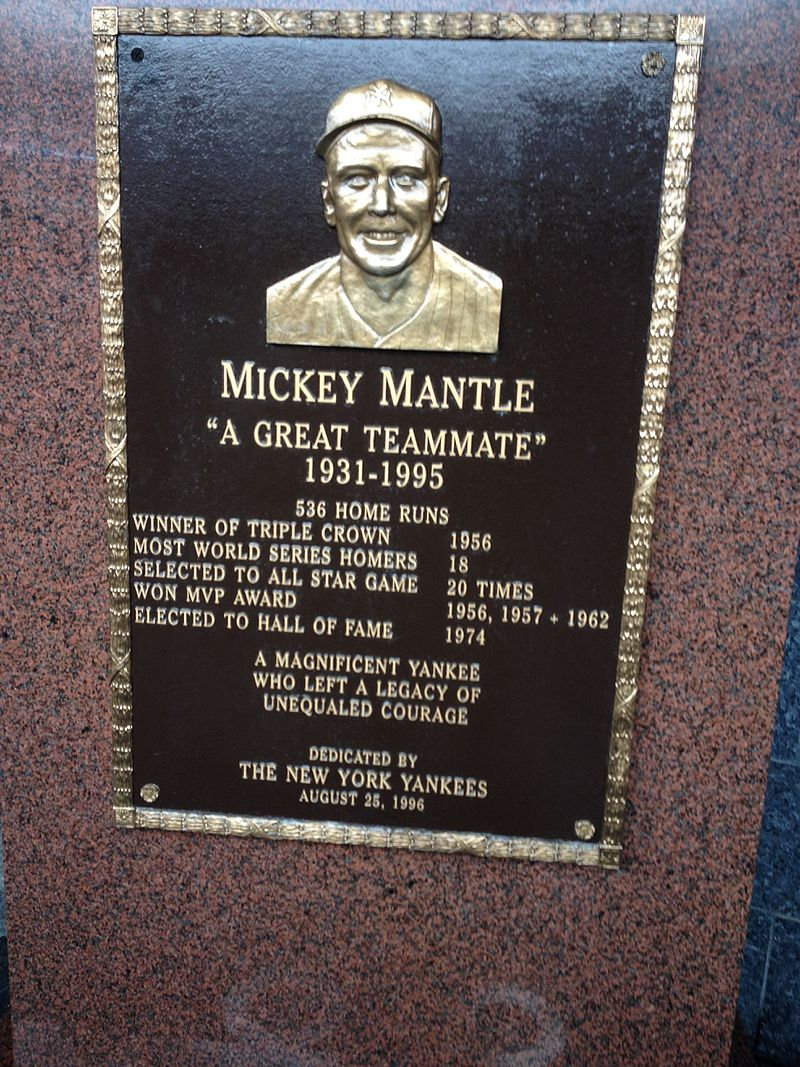
 Amanda S. Stevenson
Amanda S. Stevenson 